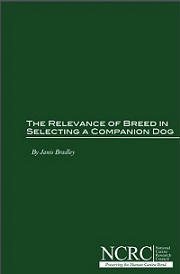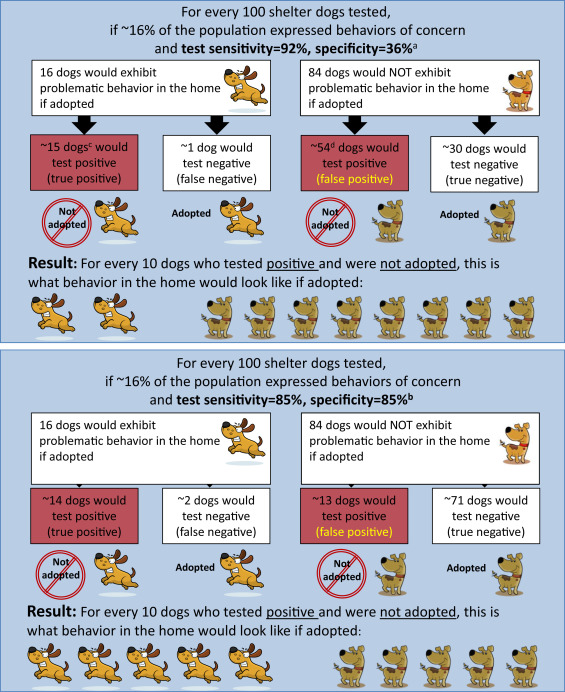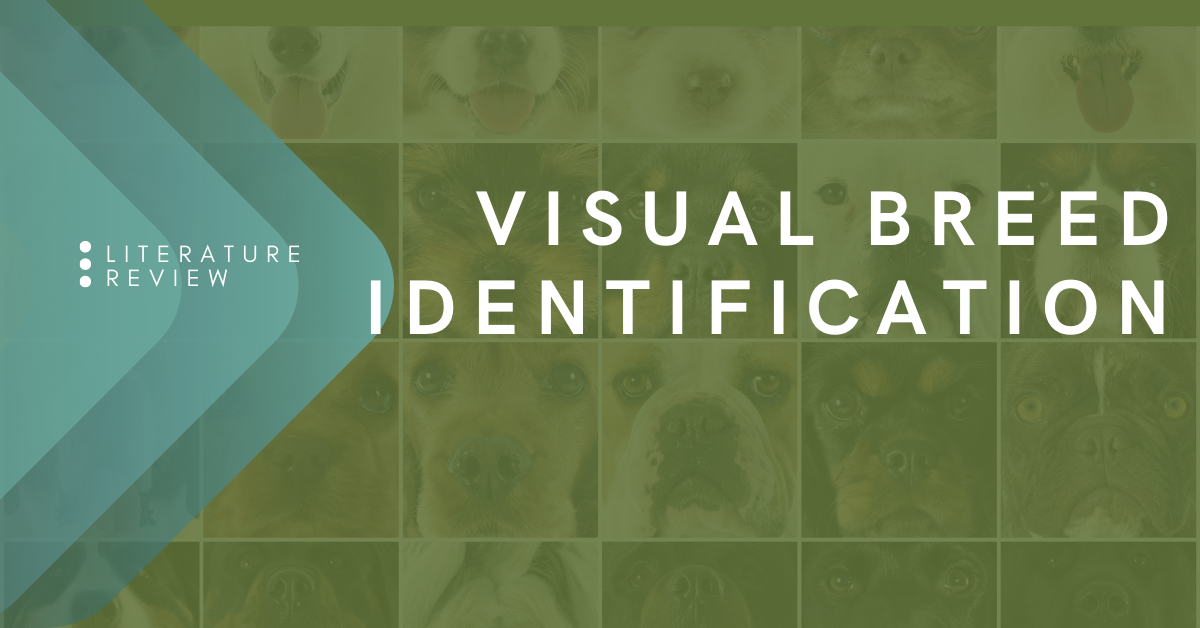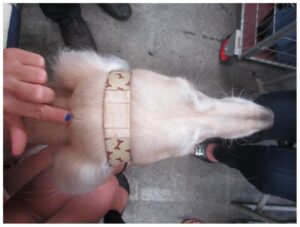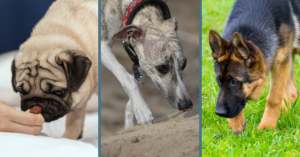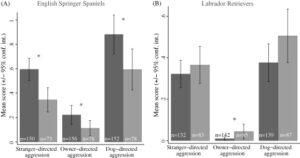The National Canine Research Council Research Library houses, in one searchable database, scholarly materials in our areas of interest and expertise. Our goal is to make available descriptions of studies from the peer-reviewed literature in order to inform discourse and enable ongoing research through accurate representations of sources.1 We provide links to the abstracts and where to purchase full texts (some of which are open access). We hope that the Research Library will also be useful to journalists, persons engaged in canine-related occupations, grant makers, and any interested researchers or readers. We invite all those interested to make use of the Research Library, which is searchable by Author, Content Type, and Topic.
To meet the standards for inclusion in the research library, research papers must generally be:
–The product of authoritative institutions such as major U.S. and international universities, research organizations or governmental bodies.
–Based on rigorous research and/or widely cited in the literature on the topic.
–Published in a peer-reviewed journal.
We do not attempt to include every study that meets these criteria. This is neither practical nor desirable in our effort to streamline the literature review process for scholars. Instead, we have included the most comprehensive works, those that can be considered seminal in each area when such exist. We have also included those that are the most frequently cited in the literature whether or not the project’s methodological rigor merits this recognition.
The three content types in the Research Library are:
–Literature review: These are National Canine Research Council authored reviews of each topic which summarize the most important findings, along with brief summaries and analyses of the most commonly cited and the most authoritative studies to date.
–Peer reviewed research: Each such document is a more substantial National Canine Research Council summary and analysis of each study mentioned in the literature review including strengths and limitations of the study itself, along with discussion of the use of sources cited within the paper where appropriate. These are also searchable by the study author’s name.
–Policy paper: These are National Canine Research Council’s Policy paper booklets authored by Janis Bradley, Council Director of Communications and Publications.
We strongly encourage you go back to the original sources to confirm that you agree with our analysis. When making attributions to material found after using this Research Library, the original source material should be cited. Material quoted directly from the Research Library should be credited to the National Canine Research Council. If you have questions or comments please contact us.
1. For a sample analysis of how findings can be distorted by poor choice and use of cited material, see the 2016 open access paper in the Journal of Veterinary Behavior, “Who is minding the bibliography? Daisy chaining, dropped leads, and other bad behavior using examples from the dog bite literature.” All three authors are affiliated with National Canine Research Council.






